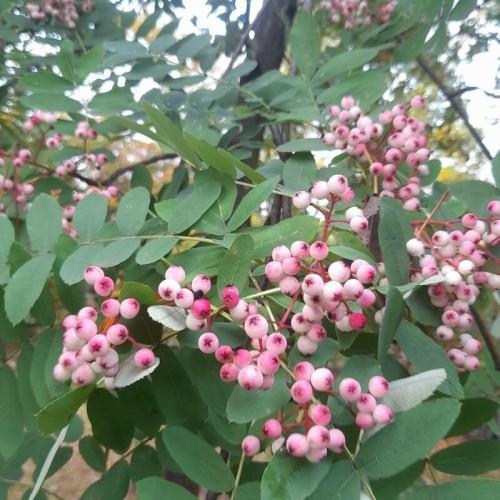
Pink Pagoda mountain ash
Sorbus hupehensis 'Pink Pagoda'
Cycle:
Annual
Watering:
Frequent
Hardiness Zone:
4
Flowers:
Flowers In Spring
Sun:
Full sun, Part sun/part shade
Fruits:
Fruits In Summer Ready In Fall
Leaf:
Yes
Growth Rate:
High
Salt Tolerant:
Yes
Invasive:
Yes
Care Level:
Easy
watering
Annual sow thistle should be watered regularly and deeply, while allowing the top few inches of soil to dry out between waterings. For best results, water your sow thistle plants every other day or once every 3 days throughout the growing season. When possible, water in the morning or the evening so the foliage has the opportunity to dry throughout the day. In particularly hot or dry winters, you may need to water the plant once every week to keep the plant healthy.
sunlight
Annual sow thistle (Sonchus oleraceus) prefers a sunny location with at least 6-8 hours of direct sunlight each day. The amount of sunlight can vary depending on the growing conditions, such as location, season, and wind. But for best results, the plant should have full exposure to the sun during the peak hours of the day: from late morning to late afternoon. This is when the sun is intense and providing energy for photosynthesis. Shadier locations are suitable too, but the plant might need supplemental lighting to encourage growth and promote flowering.
pruning
Annual sow thistle is best pruned in early spring when the plant is young. Pruning the plant will encourage new growth and help the plant form a bushier habit. To prune, use sharp, clean pruners to remove dead or damaged stems and leave the healthy growth intact. Aim to remove about 1-third of the plant's total growth each year. This will help keep the plant in balance and encourage new growth. Pruning the plant back will also encourage more flowers. If you prefer a more compact plant, prune back the stems and flower heads to the desired height.
